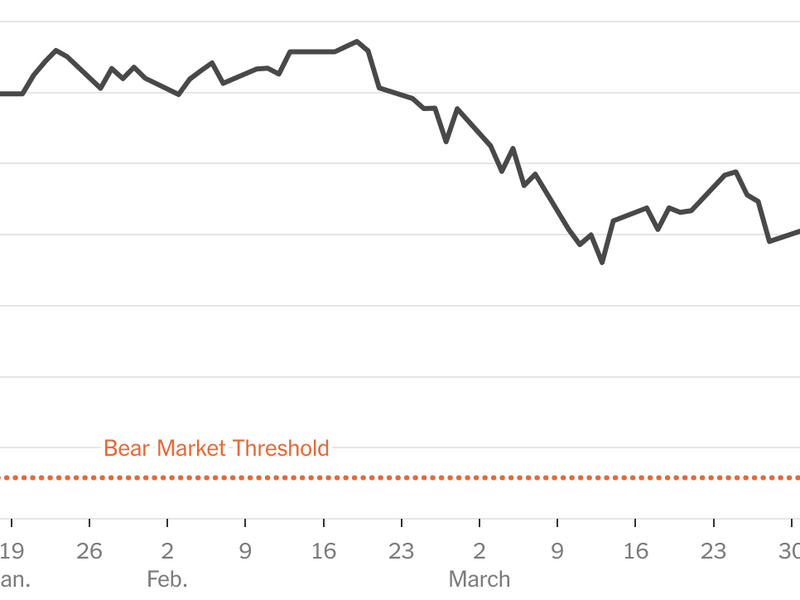Exploring the Concept of a Bear Market

Introduction to Bear Markets
A bear market refers to a market condition where the prices of securities fall by 20% or more from their recent highs, typically amid widespread pessimism and negative investor sentiment. This condition is significant in the world of finance and economics as it reflects the overall health of an economy. Understanding bear markets is crucial for investors, as they can significantly impact asset values and investment strategies.
The Characteristics of a Bear Market
Bear markets are generally characterized by declining stock prices, investor fear, and reduced market confidence. They can be triggered by various factors, including economic downturns, increased interest rates, geopolitical conflicts, or significant corporate failures. For example, the COVID-19 pandemic led to a rapid decline in global stock markets in March 2020, marking one of the most sudden bear markets in recent history.
Historical Examples of Bear Markets
Historically, several events have led to prolonged bear markets. The Great Depression of the 1930s and the dot-com bubble burst in the early 2000s are notable examples. More recently, during the financial crisis of 2007-2008, the S&P 500 index lost over 50% of its value at its lowest point. Each of these bear markets resulted from underlying economic issues, affecting not only stock prices but also consumer behavior and lending practices.
Impacts of Bear Markets
Bear markets can have significant ramifications for individual investors and the economy as a whole. For individuals, declining asset values can affect retirement portfolios and overall wealth. Moreover, consumer spending often decreases during bear markets, as people become more cautious with their finances. This change in spending can lead to slower economic growth, creating a feedback loop that prolongs the bear market.
Conclusion: Preparing for Bear Markets
Investors often utilize various strategies to navigate through bear markets. These strategies include diversifying portfolios, investing in defensive stocks, and maintaining liquidity to seize opportunities when markets recover. Educating oneself about market cycles and preparing for potential downturns can mitigate risks. While bear markets are often daunting, they are a natural part of the economic cycle that can also present opportunities for savvy investors looking to buy at lower prices.









